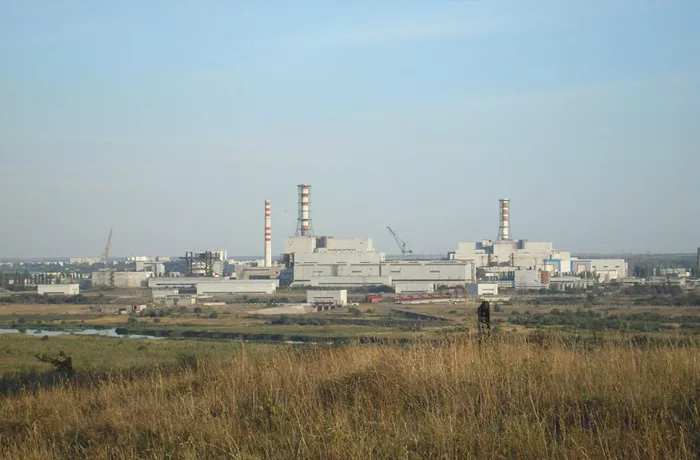Russia has unveiled a bold draft plan for a significant expansion of its nuclear power infrastructure, aiming to build up to 34 new reactors by 2042. The proposal, released by the Unified Energy System of Russia and open for public consultation over the next two weeks, is pending government approval.
The draft plan reflects the state-owned Rosatom’s broader vision, which proposes up to 37 new reactors. It encompasses both large-scale and small reactors, some of which are already under construction. The initiative seeks to increase nuclear power’s share of Russia’s electricity generation from the current 18.9% to 23.5% by 2042.
Expansion Across Multiple Sites
According to Strana Rosatom, the reactors will be distributed across 11 sites. The plan includes replacing outdated units at existing plants such as Kursk, Kola, and Smolensk, as well as introducing new facilities. A notable addition is the “fourth-generation energy complex” featuring a BREST-OD-300 reactor, scheduled for demonstration at Seversk in 2028.
Significant projects include the construction of two VVER-optimum reactors with a combined capacity of 2.4 GW at Novocherkassk, and two RBN reactors with a total capacity of 2.5 GW at Yuzhnouralsk in the Chelyabinsk region. Additionally, four units totaling over 5 GW are planned for the Krasnoyarsk plant in Krasnoyarsk Krai.
Other planned developments include an RBN-optimum reactor at the Reftinskaya nuclear plant in Sverdlovsk and new plants in Primorsky and Khabarovsk Krais, featuring WWER-S/600 reactors. A smaller facility with four RITM-400 reactors is also proposed for Norilsk.
A Vision for the Future
Alexei Likhachev, Rosatom’s Director General, highlighted the strategic importance of the plan. “In line with the President’s directive to achieve a 25% share of nuclear energy in Russia’s energy mix by 2045, we have been executing a major nuclear construction program since 2007. This new scheme aims to add 28 GW of nuclear power capacity by 2042, which will ensure clean energy availability for decades and underpin stable economic growth.”
The expansion will include commissioning four VVER-TOI units at the Kursk II NPP between 2025 and 2034, three VVER-S/600 units at the Kola NPP between 2035 and 2040, and two new VVER units at the Smolensk NPP from 2033 to 2035.
Related topics:
- Ghana to Host Africa’s First Small Modular Reactor with NuScale Partnership
- ETH Zurich Pioneers Cost-Effective Hydrogen Storage Using Iron
- The Green Surge: UK Survey Highlights Shift Towards Renewable Energy Careers

